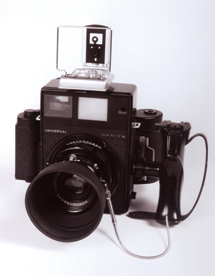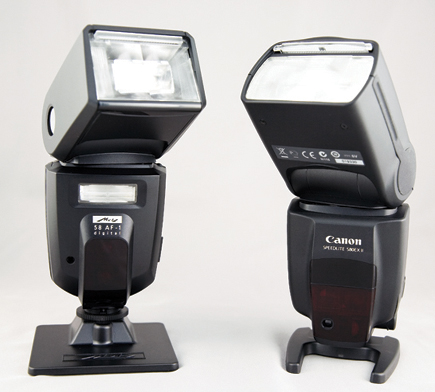When it came time to replace my old 580 EZ flash I decided to compare the 580 EXII with the Metz 58AF-1C which is widely touted as a great alternative a lower cost. I'm all for saving money if there is no trade-off on performance! I already own 3 580EXII's so am very familiar with them, and when I compare them to the Metz it does stand up well in many respects. Ultimately I decided to stick with the Canon units though due to three factors significant to me:
Superior weather-sealing.
Same controls on all my units. The Metz is totally different and not intuitive enough to not slow me down when shooting.
Faster recycle time.
This last point is quite significant and I'm really surprised no one on any site I've seen has mentioned it! Maybe I got a bad Metz unit? Using the same set of new, freshly charged NiMh batteries in both units I consistantly got a blazing fast 2.5 seconds recycle after a full power dump of the capacitor while the Metz took just about exactly double at 5 seconds. This is no small difference when shooting action/candids so it's a no-go for me making a switch.











